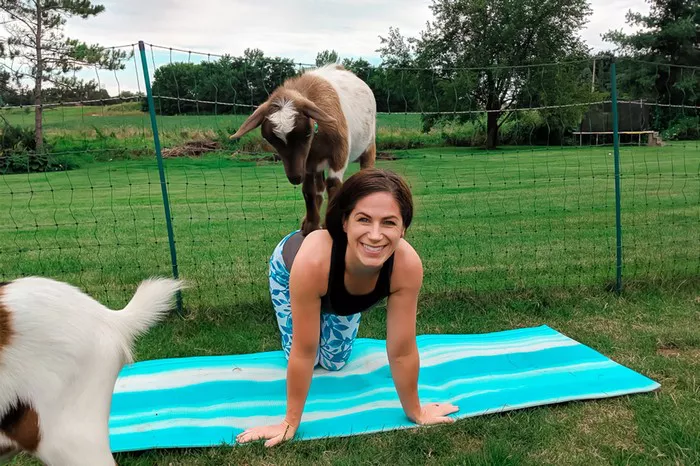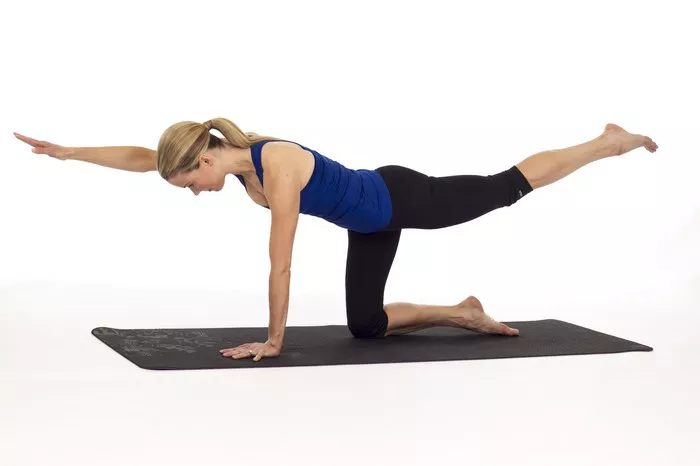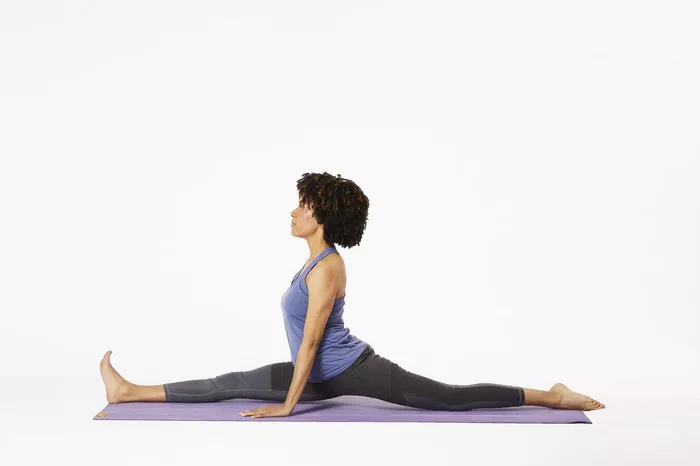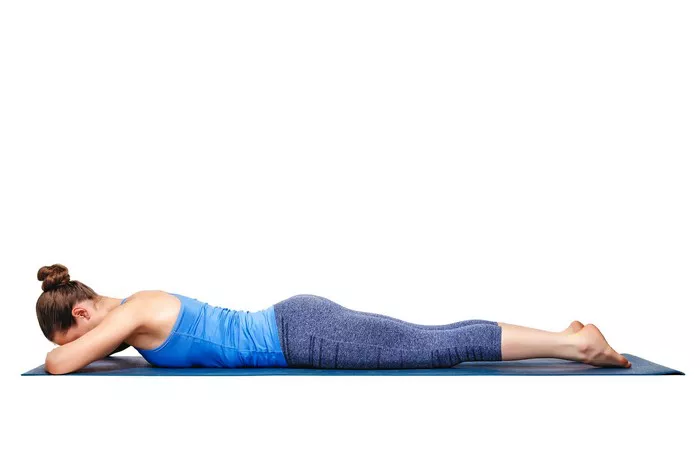Yoga, a practice that has been passed down through generations, is not just about physical postures, but also about deepening the connection between mind, body, and spirit. As yoga has evolved over time, it has given rise to various styles and practices that emphasize different aspects of the physical and mental experience. Among the many elements of yoga, the terms Chaturanga and Vinyasa often appear in classes and discussions, especially within the realm of Vinyasa flow styles.
Despite their common appearance in the same sequences, Chaturanga and Vinyasa are distinct components of a yoga practice. For beginners, understanding these two terms and their differences is key to mastering yoga sequences effectively and safely. In this article, we will explore the definitions, purposes, and variations of Chaturanga and Vinyasa, along with how they fit into the larger practice of yoga.
Understanding Chaturanga
Chaturanga Dandasana, often simply referred to as Chaturanga, is a fundamental yoga pose that serves as the basis for many dynamic movements. The name “Chaturanga” comes from the Sanskrit words “Chatur” (meaning four) and “Anga” (meaning limb), referring to the four limbs of the body that are engaged in this pose. The term Dandasana refers to a staff, or the alignment of the body that resembles a strong, straight line resembling a staff.
In Chaturanga, the practitioner lowers their body into a horizontal position, keeping the elbows bent at about a 90-degree angle while the arms remain close to the torso. The body should be in a straight line from head to heels, and the core must be engaged to prevent sagging in the lower back. The shoulders stay away from the ears, and the chest does not touch the ground, nor does the pelvis sag.
Benefits of Chaturanga
Chaturanga offers numerous benefits, making it an essential component of many vinyasa sequences:
Core Strengthening: As the pose requires the core to be activated to maintain a straight line, it enhances abdominal strength and stability.
Arm Strength: The arms must support the body weight during the pose, making it a great exercise for building arm and shoulder strength.
Muscular Endurance: Holding the position helps build endurance in the upper body and core, which is important for other dynamic postures.
Alignment Awareness: Practicing Chaturanga teaches the practitioner how to maintain proper body alignment and control, which is essential for avoiding injuries in more complex poses.
Common Mistakes to Avoid
It is easy to make mistakes in Chaturanga, especially if the posture is not properly understood. Some common misalignments include:
Sagging the Hips: Allowing the hips to drop can cause strain in the lower back and diminish the effectiveness of the pose.
Flaring Elbows: Allowing the elbows to splay outward instead of keeping them aligned with the body increases the risk of shoulder strain.
Lowering Too Quickly: It is important to lower the body with control. Dropping down too quickly can lead to injury and insufficient activation of the muscles.
What is Vinyasa?
The term Vinyasa refers to a specific style of yoga that focuses on linking breath with movement. Derived from the Sanskrit root words “Vi” (meaning variation) and “Nyasa” (meaning to place), Vinyasa can be roughly translated as “to place in a special way.” It involves flowing from one pose to another in a smooth, controlled sequence, usually with an emphasis on breathing rhythm.
In Vinyasa yoga, each movement is coordinated with an inhale or exhale, allowing for a continuous flow between postures. It is often referred to as “flow yoga” because the transitions between poses are fluid, and practitioners move from one posture to the next without pauses. The sequence of poses can vary widely depending on the class or teacher, but many Vinyasa classes include sun salutations (Surya Namaskar), standing poses, backbends, balancing poses, and seated stretches.
Benefits of Vinyasa Yoga
Vinyasa yoga offers a broad range of physical and mental benefits. Some of these include:
Improved Flexibility: The continuous movement and varied postures allow the muscles to lengthen and increase flexibility over time.
Increased Strength: Holding and transitioning through different postures strengthens the entire body, particularly the core, arms, and legs.
Cardiovascular Health: The faster pace of Vinyasa can elevate the heart rate, providing a cardiovascular workout and boosting endurance.
Mental Focus: Vinyasa encourages practitioners to focus on their breath, which helps calm the mind, reduce stress, and improve concentration.
Detoxification: The dynamic movements and sweat produced during Vinyasa yoga help to flush toxins from the body, contributing to a sense of physical and mental cleansing.
Vinyasa vs. Other Yoga Styles
Vinyasa is often compared to other types of yoga, such as Hatha, Ashtanga, or Iyengar yoga. Unlike Hatha yoga, which generally focuses on holding postures for a longer time with less movement between them, Vinyasa encourages a more fluid transition between poses, with an emphasis on synchronization with breath. Ashtanga, on the other hand, is a more rigid and structured form of Vinyasa, with set sequences of postures, whereas Vinyasa can vary from class to class.
The Relationship Between Chaturanga and Vinyasa
At first glance, Chaturanga and Vinyasa may seem like entirely separate aspects of yoga practice. However, the two are deeply intertwined, especially in the context of a Vinyasa flow class. Chaturanga often appears as part of a Vinyasa sequence, and understanding the role of Chaturanga within this flow is crucial for both beginner and advanced practitioners.
How Chaturanga Fits Into a Vinyasa Flow
In a typical Vinyasa flow class, the sequence begins with a warm-up, followed by a series of postures that may include standing poses, balancing poses, and seated stretches. Chaturanga often appears after a series of forward bends or standing poses and before transitioning into backbends or upward-facing dog poses (Urdhva Mukha Svanasana).
When moving through a Vinyasa sequence, practitioners flow from one pose to another, usually guided by the breath. For instance, after performing a Downward-Facing Dog (Adho Mukha Svanasana), you may transition into a plank pose (Phalakasana) before lowering your body to Chaturanga. From Chaturanga, the practitioner will lift into an upward-facing dog or cobra pose before returning to downward dog, completing the cycle.
The Flow of Breath in Vinyasa
In Vinyasa yoga, the breath is the bridge that connects each pose. The term vinyasa implies a connection between breath and movement, and each transition between postures is synchronized with either an inhale or an exhale. For example, when transitioning from a Downward-Facing Dog to a plank, practitioners might inhale and shift forward. Upon exhaling, they lower into Chaturanga, maintaining a steady flow of breath.
Importance of Chaturanga in Vinyasa
Chaturanga plays a crucial role in many Vinyasa sequences. Not only does it strengthen the arms, shoulders, and core, but it also requires the practitioner to maintain mindful body control. When practiced correctly, Chaturanga can also provide a moment to center oneself during the flow, ensuring a smooth and controlled transition to subsequent postures.
Building Proper Alignment in Vinyasa with Chaturanga
A primary reason for incorporating Chaturanga into a Vinyasa practice is to build strength, endurance, and alignment. Without a proper understanding of Chaturanga, a Vinyasa sequence may become less effective or risk injury. For instance, if a practitioner collapses into their shoulders or allows their hips to sag, the overall integrity of the flow is compromised. Thus, mastering Chaturanga is essential not only for individual poses but for the entire Vinyasa practice.
Conclusion
While Chaturanga and Vinyasa are distinct concepts, they are interconnected and often appear together in dynamic yoga practices. Chaturanga serves as a vital building block for many yoga sequences, offering an opportunity to strengthen the upper body and core, while Vinyasa is the practice of linking movement with breath in a fluid, continuous flow.
Incorporating both Chaturanga and Vinyasa into your practice can help improve strength, flexibility, focus, and overall well-being. By understanding the proper alignment in each posture and cultivating mindfulness in movement, practitioners can experience the full benefits of yoga while minimizing the risk of injury. So, whether you’re a seasoned yogi or a beginner, taking the time to deepen your understanding of these two fundamental elements of yoga will enhance your practice and lead to a more mindful, balanced, and harmonious experience.
Related topics


























